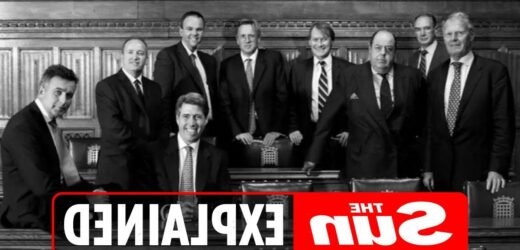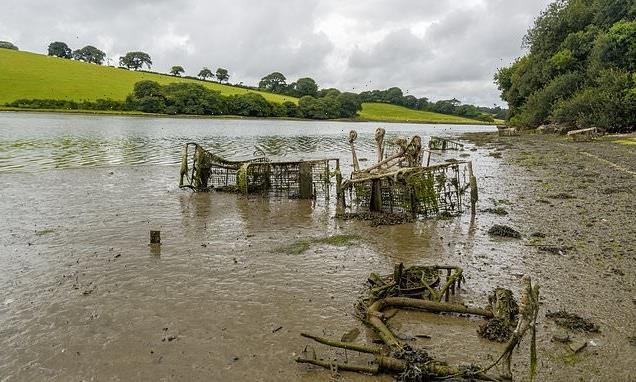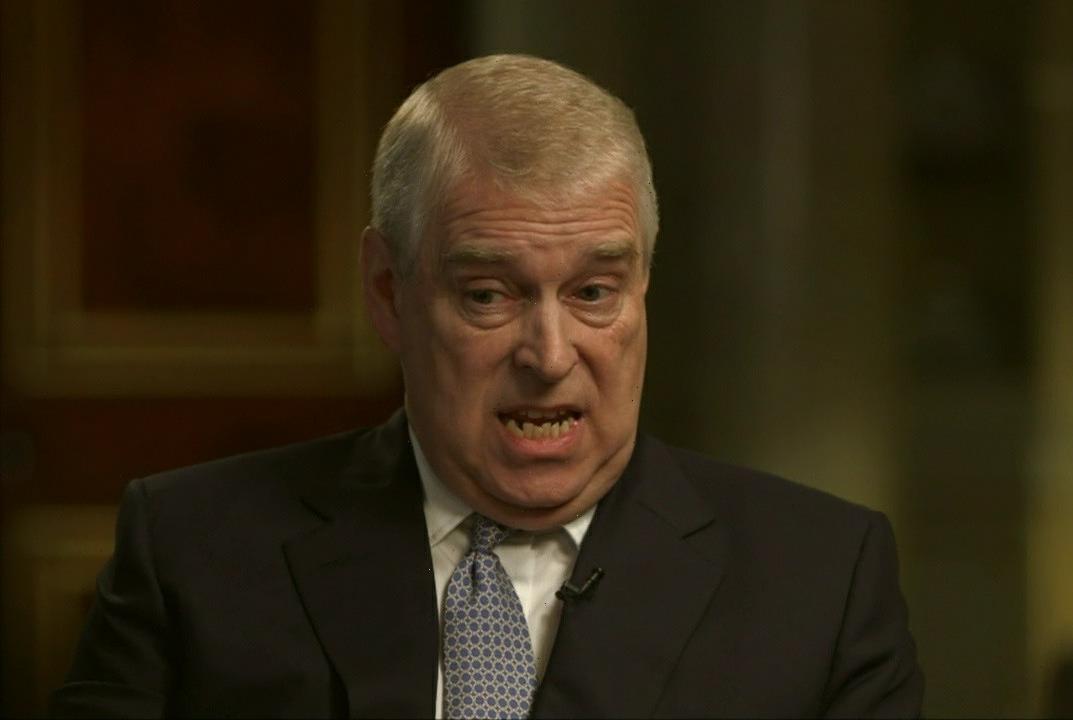KNOWN as the "men in grey suits", the 1922 Committee plays a crucial role in forcing out Prime Ministers who have lost the confidence of their party.
As PM Boris Johnson battles to stay in No10, this committee of backbench Tory MPs has the power to oust him.
What is the 1922 Committee?
The 1922 Committee is a group of backbench Conservative MPs who meet weekly when the House of Commons is sitting to discuss party matters.
Formerly known as the Conservative Private Members' Committee, "The 22" allow less senior members of the Tory party to air their concerns, report on constituency work and coordinate legislative agendas.
The committee holds a monthly meeting with the party leader and gives an update on opinions within the party.
All this is done without fear of reprisal from Cabinet ministers (or Shadow Cabinet frontbenchers if the Tories are in opposition) because they are not permitted to be formal members.
Only since 2010 have frontbenchers been given an open invitation to attend meetings.
MOST READ IN POLITICS
BO-VER AND OUT? PM blow as Labour opens up 10 point gap over Tories amid No 10 party anger
What to know about Election Day
When you can vote in the next general election in the UK
Boris Johnson apologises for No10 party – what happens now?
They are still under the control of the party whips, so their ability to stoke insurrection is partly limited.
But it is the Committee that assesses, organises and ballots on leadership challenges — meaning its power, when called upon, can be huge.
This happened when chair Sir Graham Brady received enough votes to bring a motion of no confidence against Theresa May on December 12, 2018.
The move ultimately failed, with May winning with a majority of 83, with 200 Conservative MPs voting for her to remain, and 117 voting against her.
However, on May 24, 2019, Mrs May resigned her position, a decision triggered by a meeting with Brady who warned her of a new no-confidence vote.
Who are the members of the 1922 Committee?
The 1922 Committee has 18 executive members who organise weekly meetings and other business.
They earned the nickname "men in suits" or "men in grey suits" in the 1980s after prompting the resignation of Margaret Thatcher.
Committee Chair Sir Graham Brady resigned in May 2019, but was re-elected in July 2021.
Here's a list of current executive members:
- Sir Graham Brady (Chair)
- William Wragg (Joint Vice-Chair)
- Nusrat Ghani (Joint Vice-Chair)
- Bob Blackman (Joint Executive Secretary)
- Gary Sambrook (Joint Executive Secretary)
- Sir Geoffrey Clifton-Brown (Treasurer)
- Sir Bernard Jenkin
- Karl McCartney
- Sir Bernard Jenkin
- Jason McCartney
- Nicola Richards
- Sheryll Murray
- Richard Holden
- Martin Vickers
How does the 1922 Committee carry out leadership challenges?
Unless the leader steps down voluntarily, a leadership challenge usually begins with a vote of no confidence being called.
MPs dissatisfied with their party's current leadership can submit no-confidence letters to the committee to express their disapproval.
A vote of no-confidence is triggered when 15 per cent of Tory MPs write a letter to the 1922 Committee chairman.
With 360 Tory MPs, it currently takes 54 letters to trigger a vote.
If it comes to it, the vote takes place in the form of a secret ballot where all Tory MPs vote, and the Prime Minister needs to secure at least half of their votes plus one to stay in power.
The threshold for a vote of no confidence was last reached in December 12, 2018.
And before that, the previous time was in 2003, when 25 MPs wrote to spark a vote on then leader Iain Duncan Smith, who was ousted a day later.
Where does the 1922 Committee get its name from?
The 1922 Committee was actually founded in 1923.
But its name comes from a famous meeting the previous year in which Conservative MPs called for the party to pull out of the coalition with the Liberals, led by PM David Lloyd George.
This move triggered a General Election which the Conservatives won.
The committee first started out as a private dining club but quickly expanded, and by 1926 all Conservative backbench MPs were permitted to be members.
Source: Read Full Article







